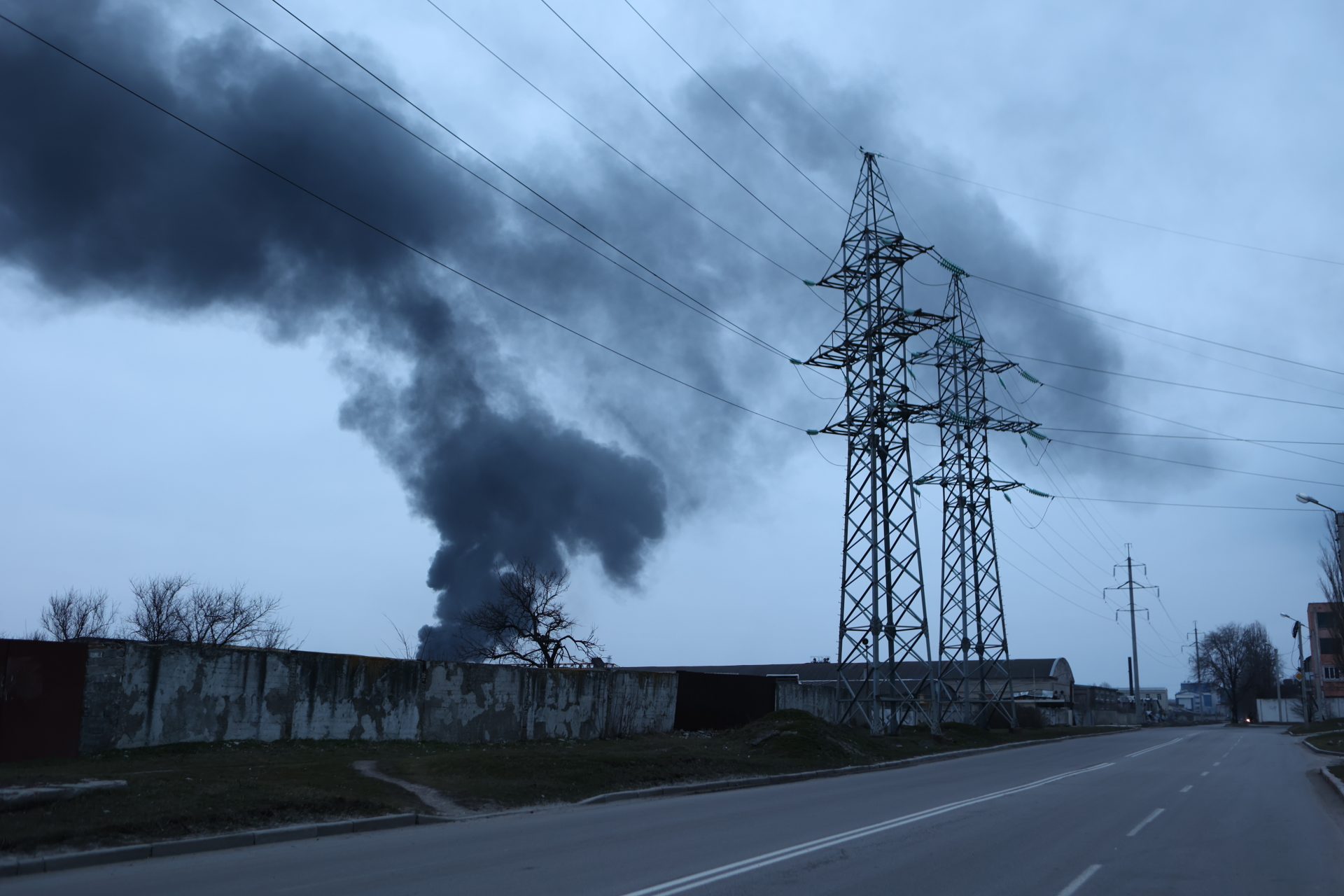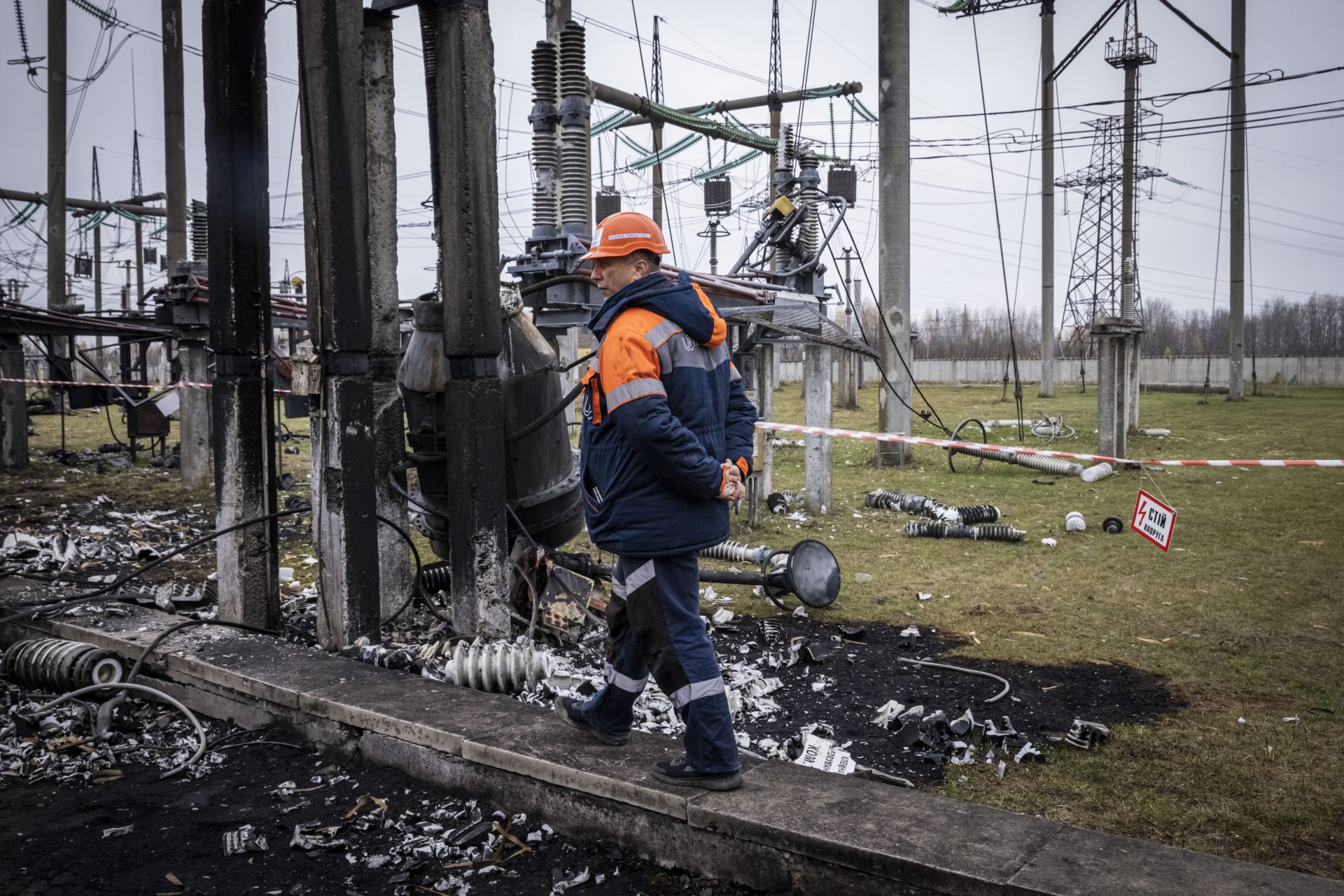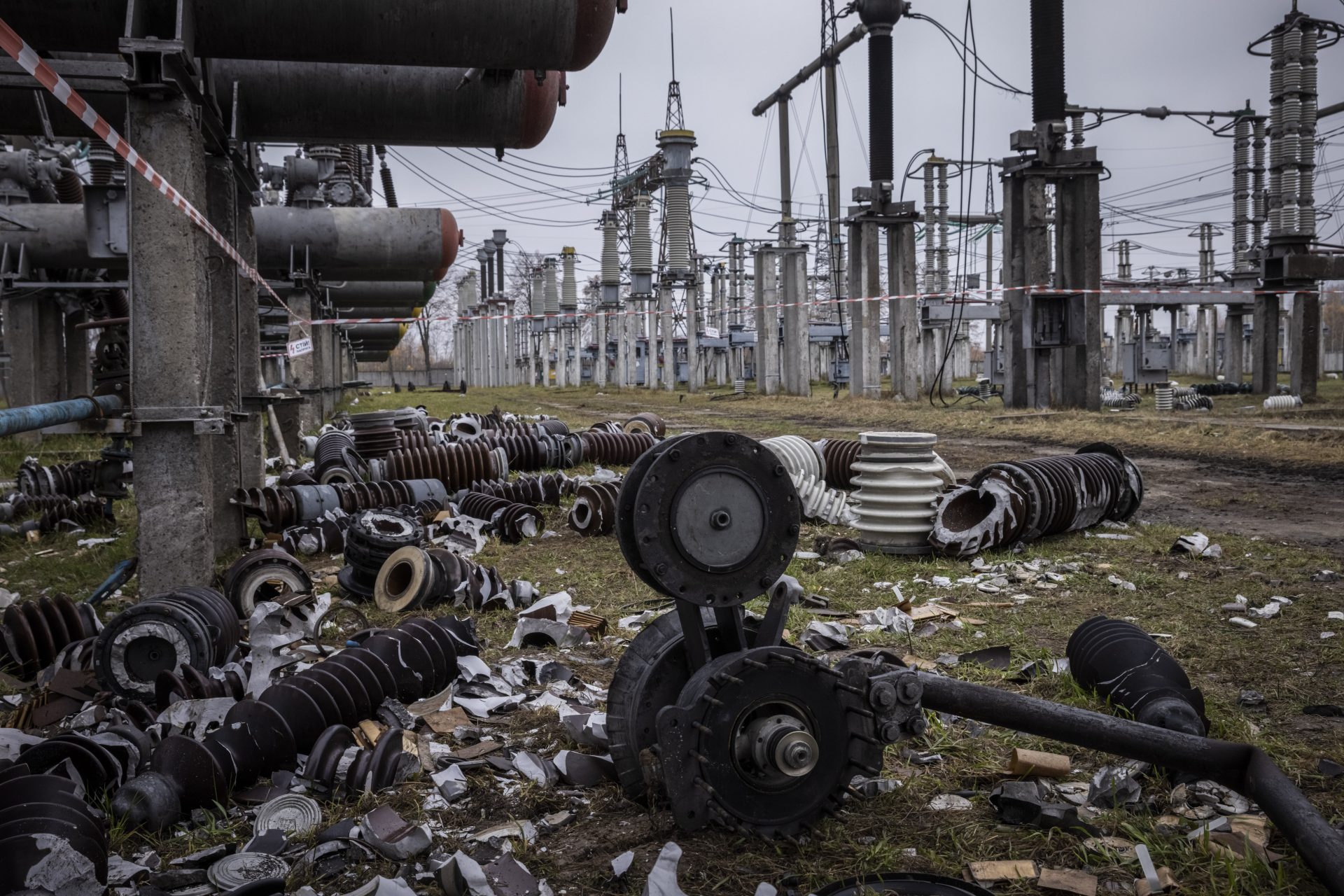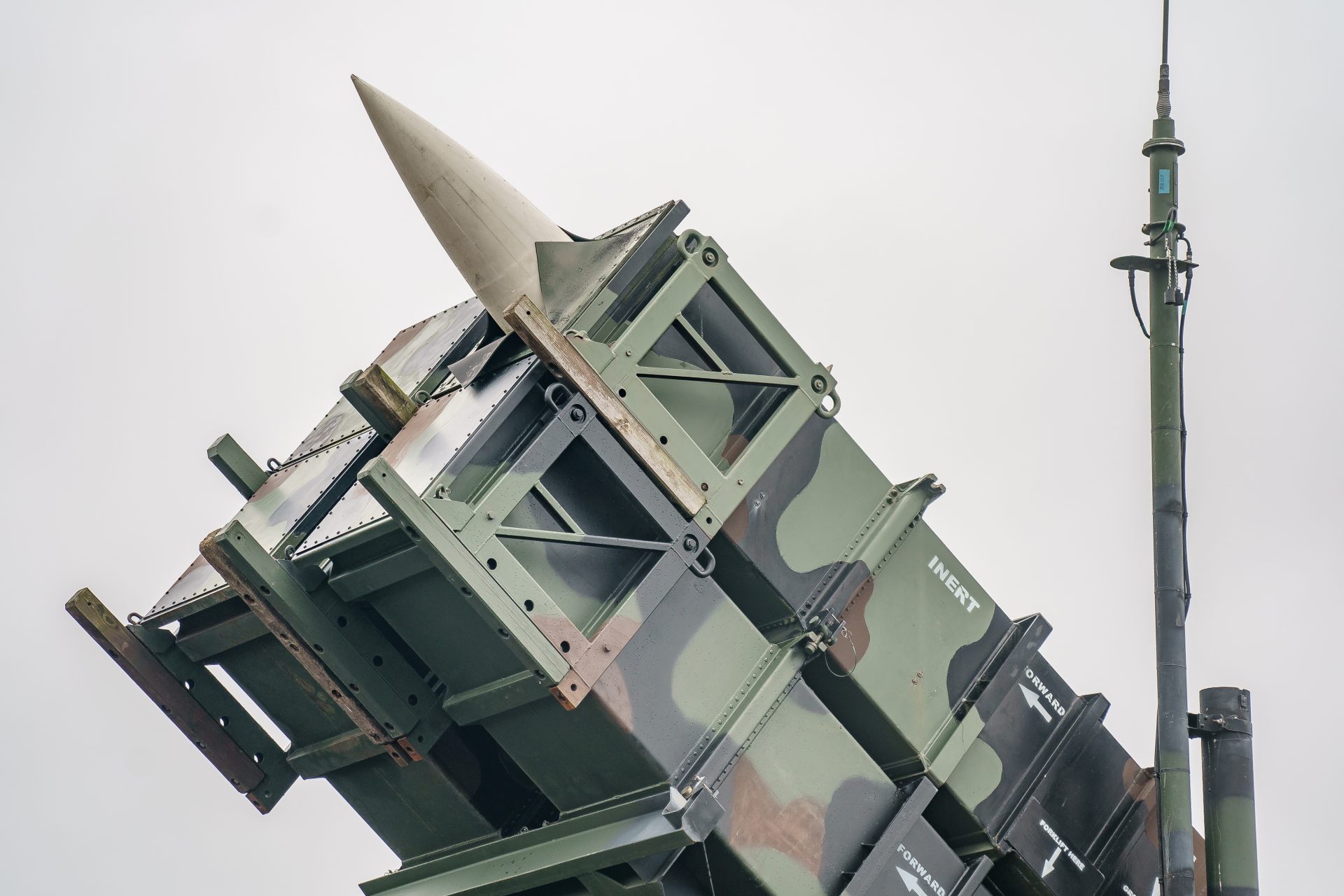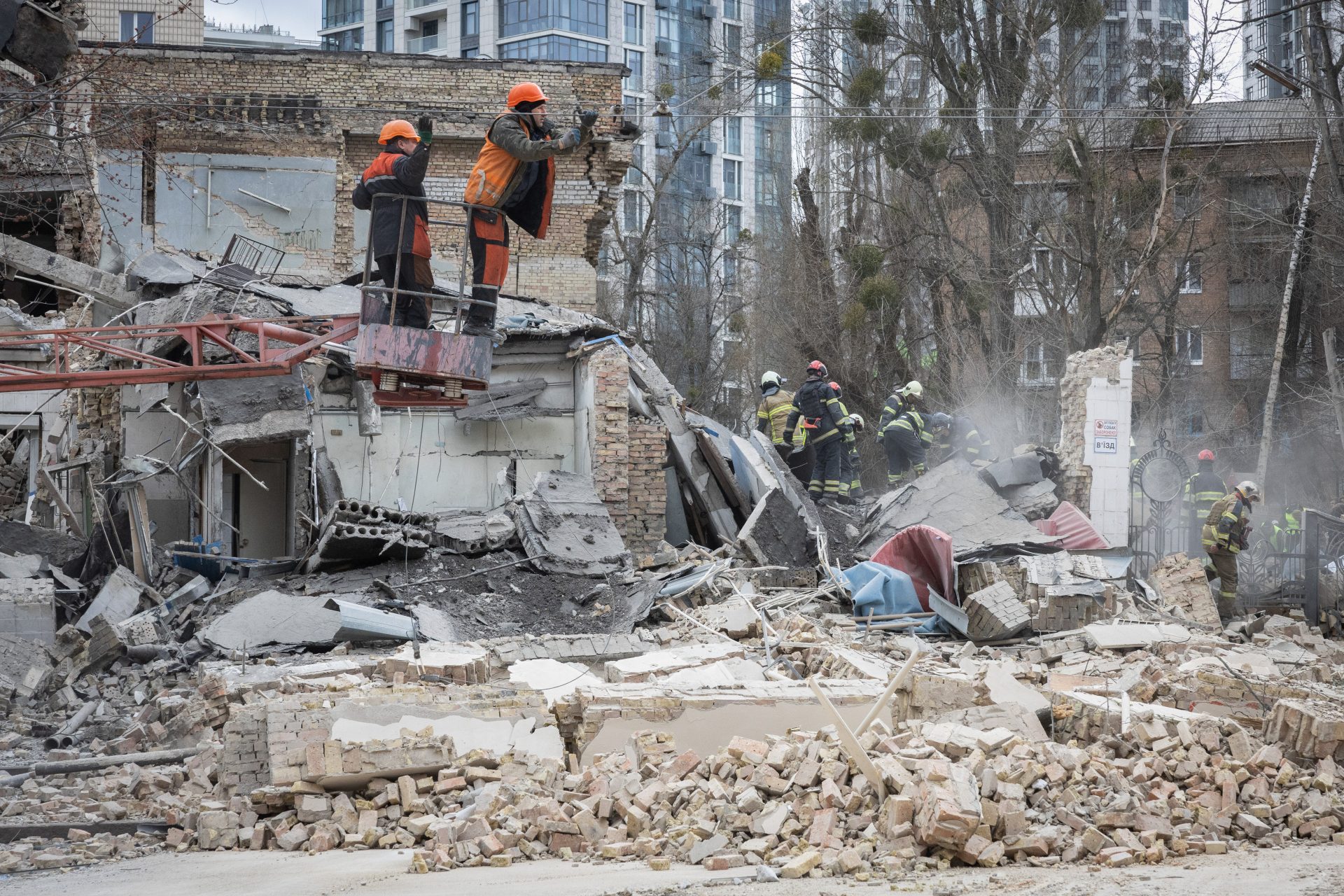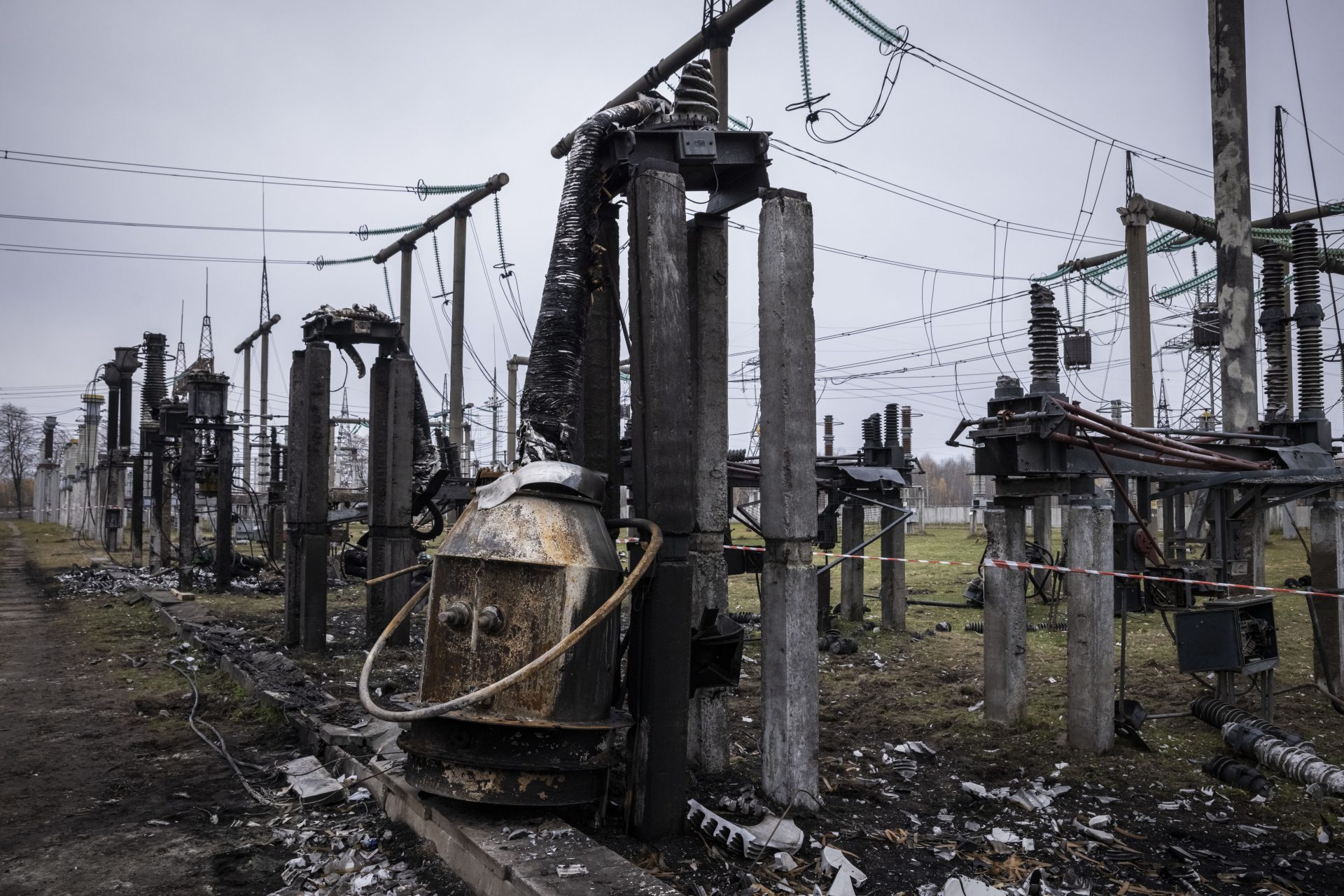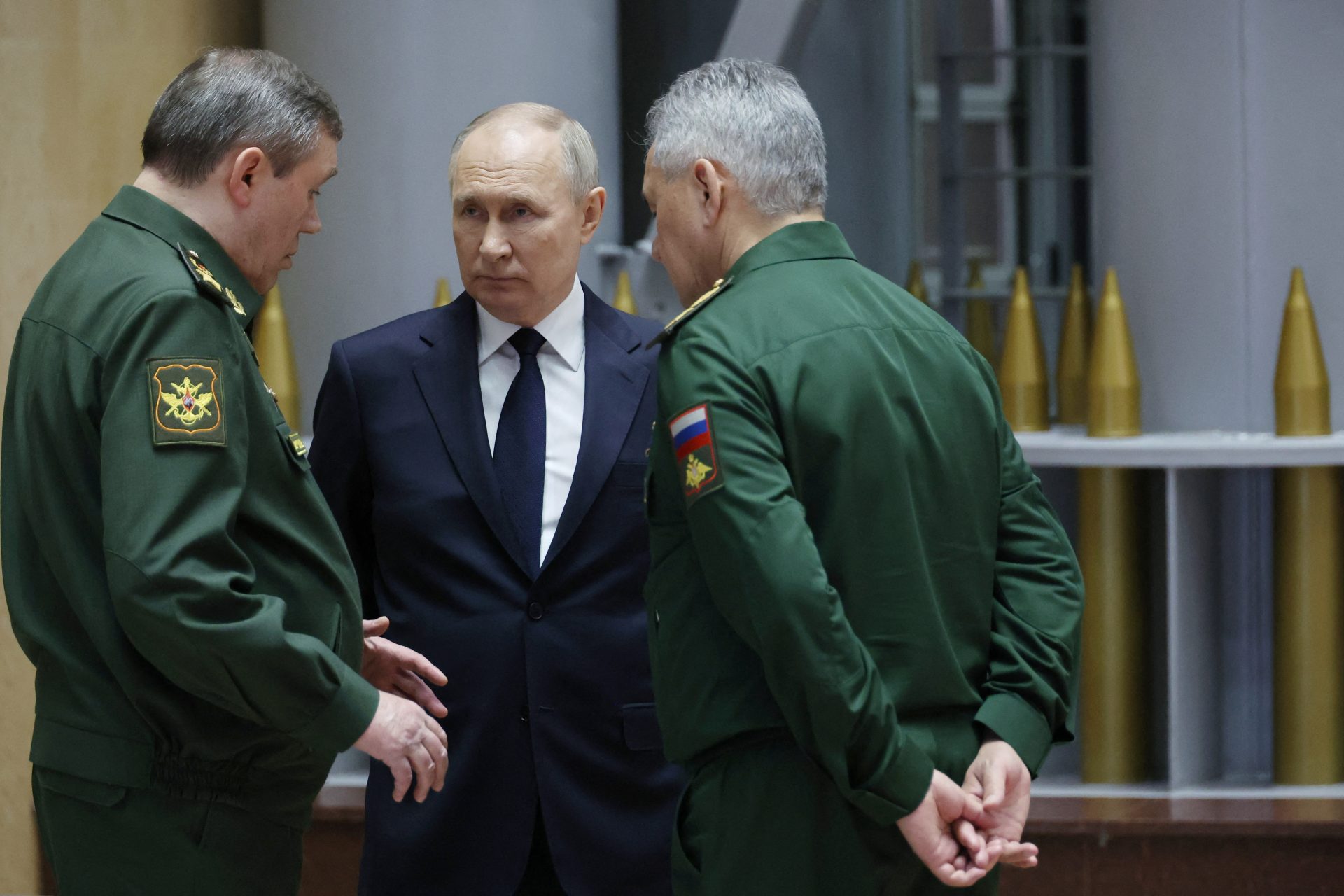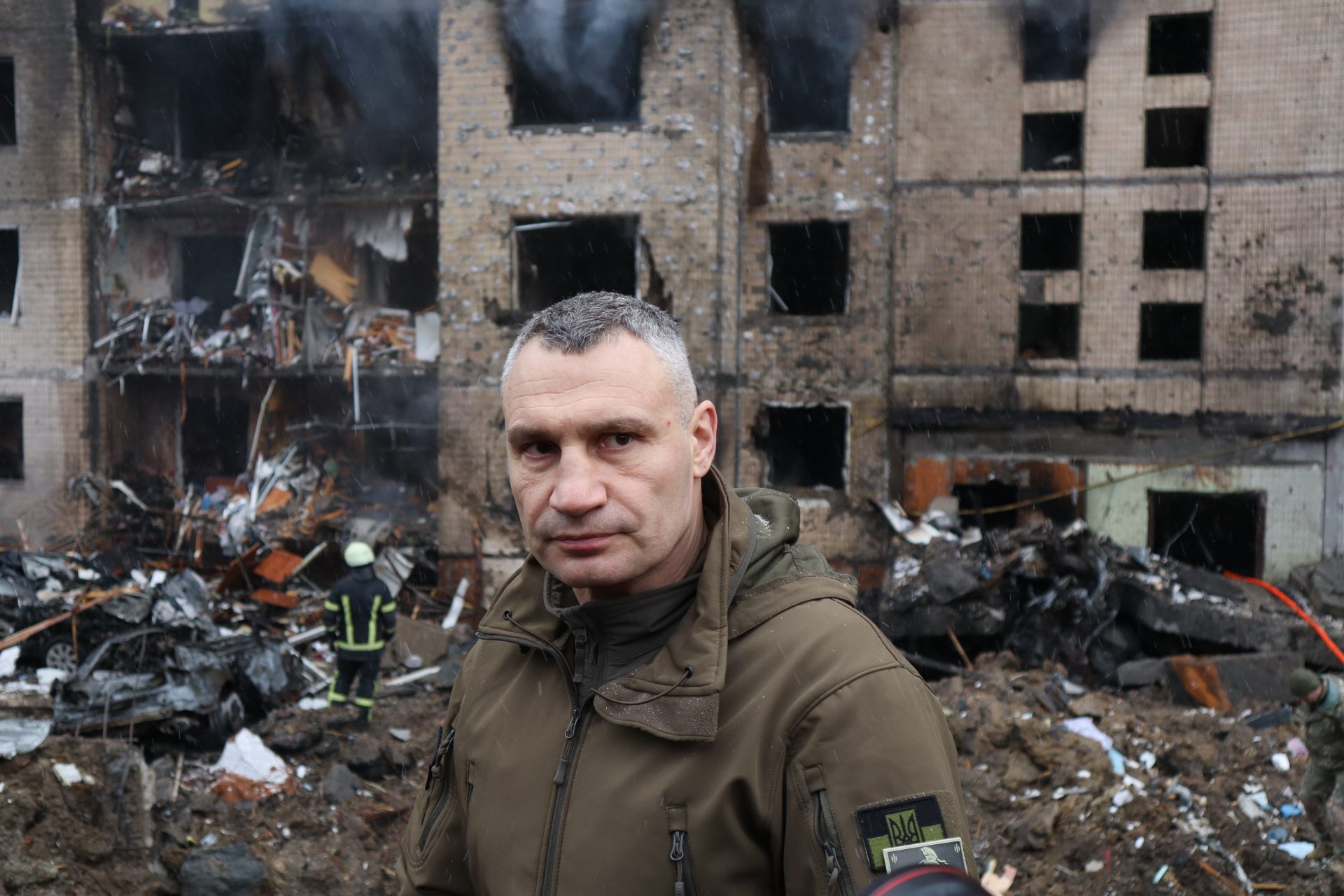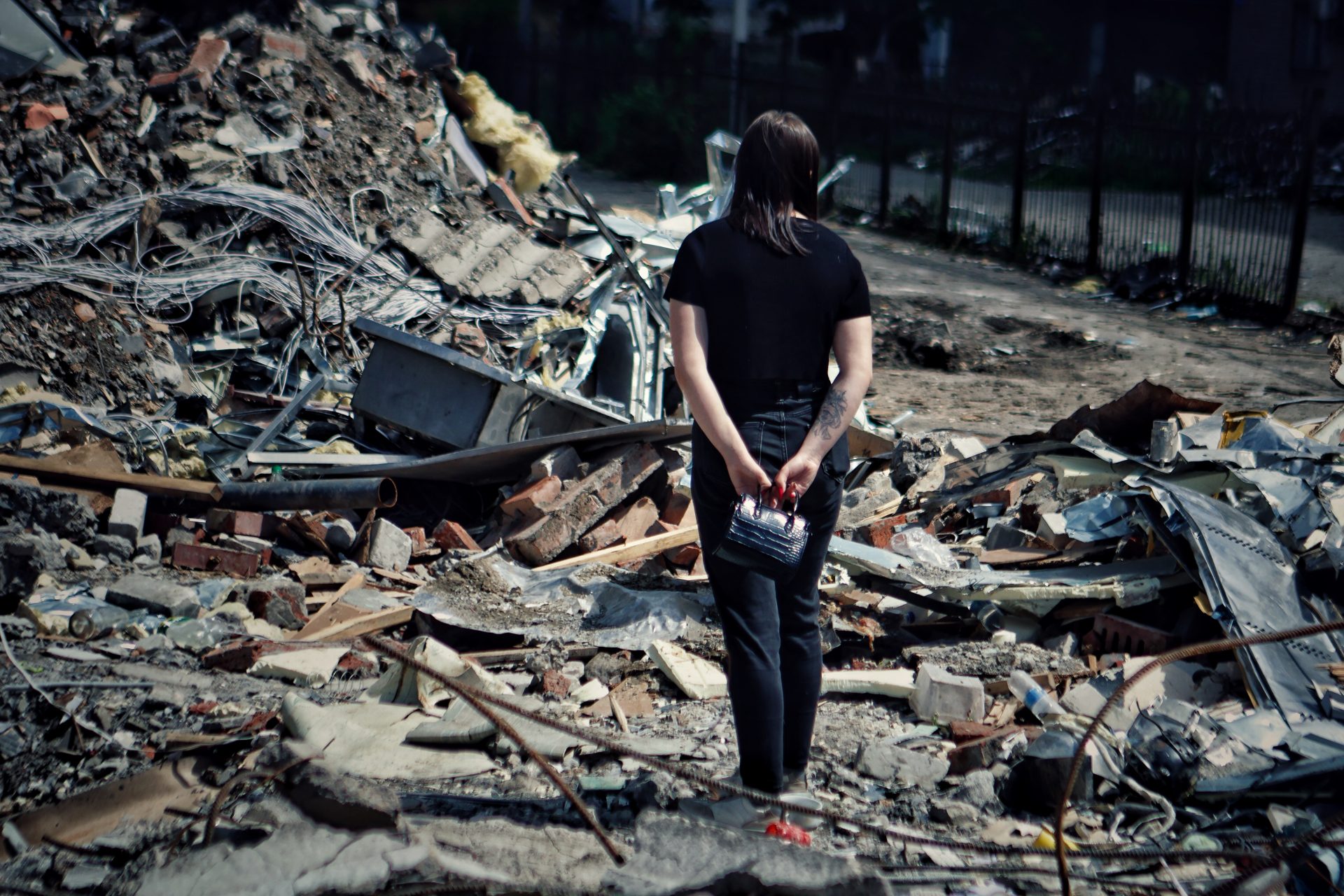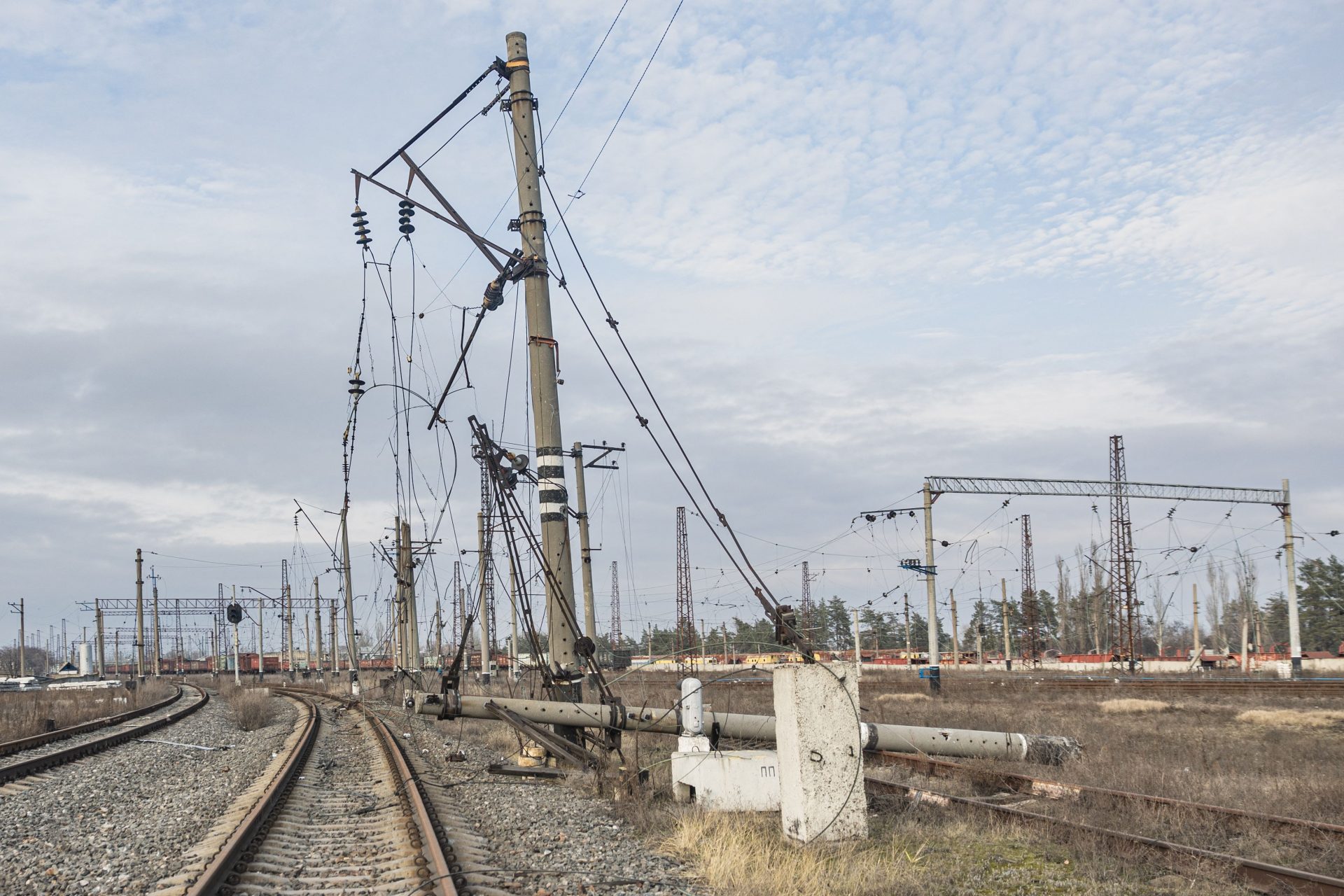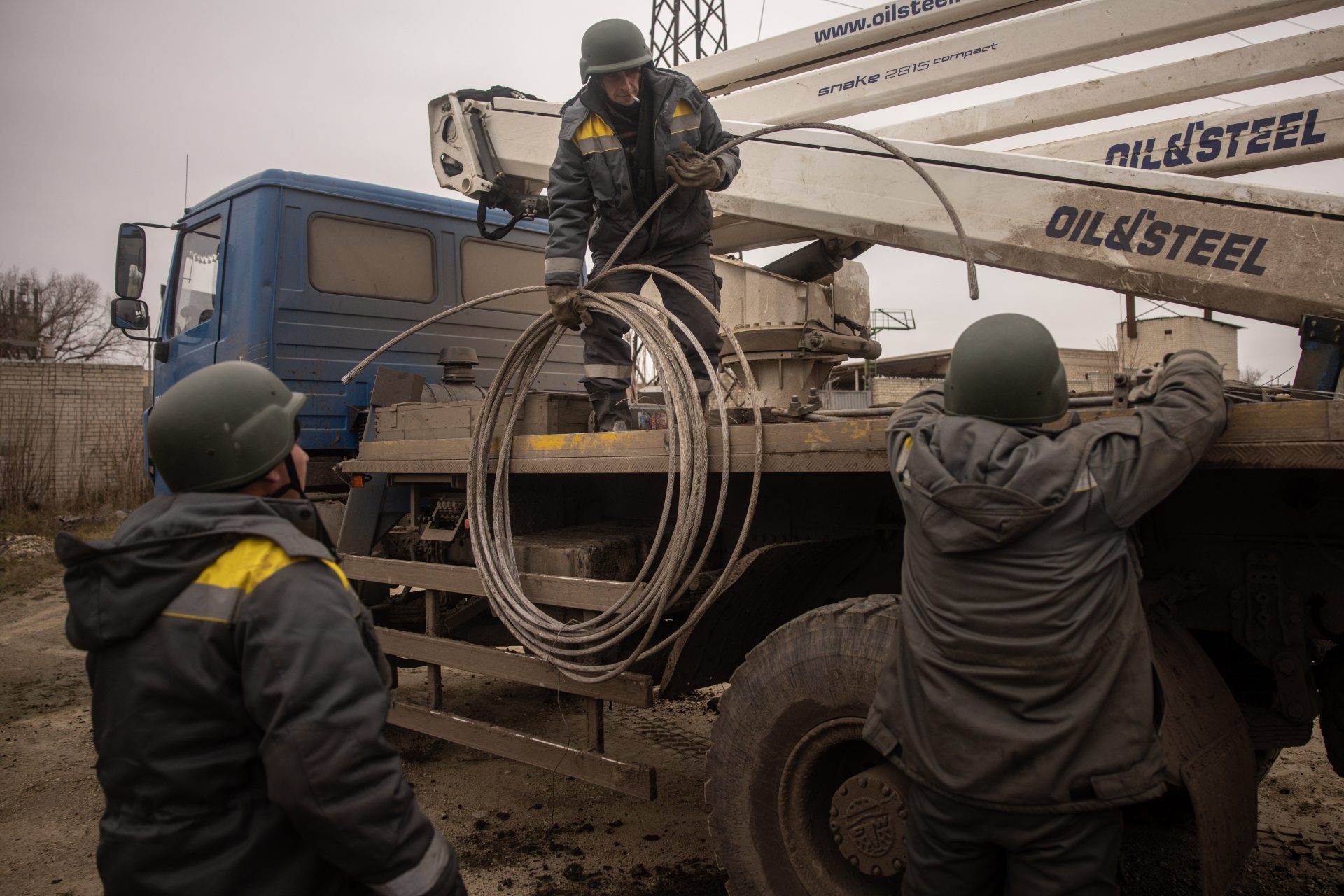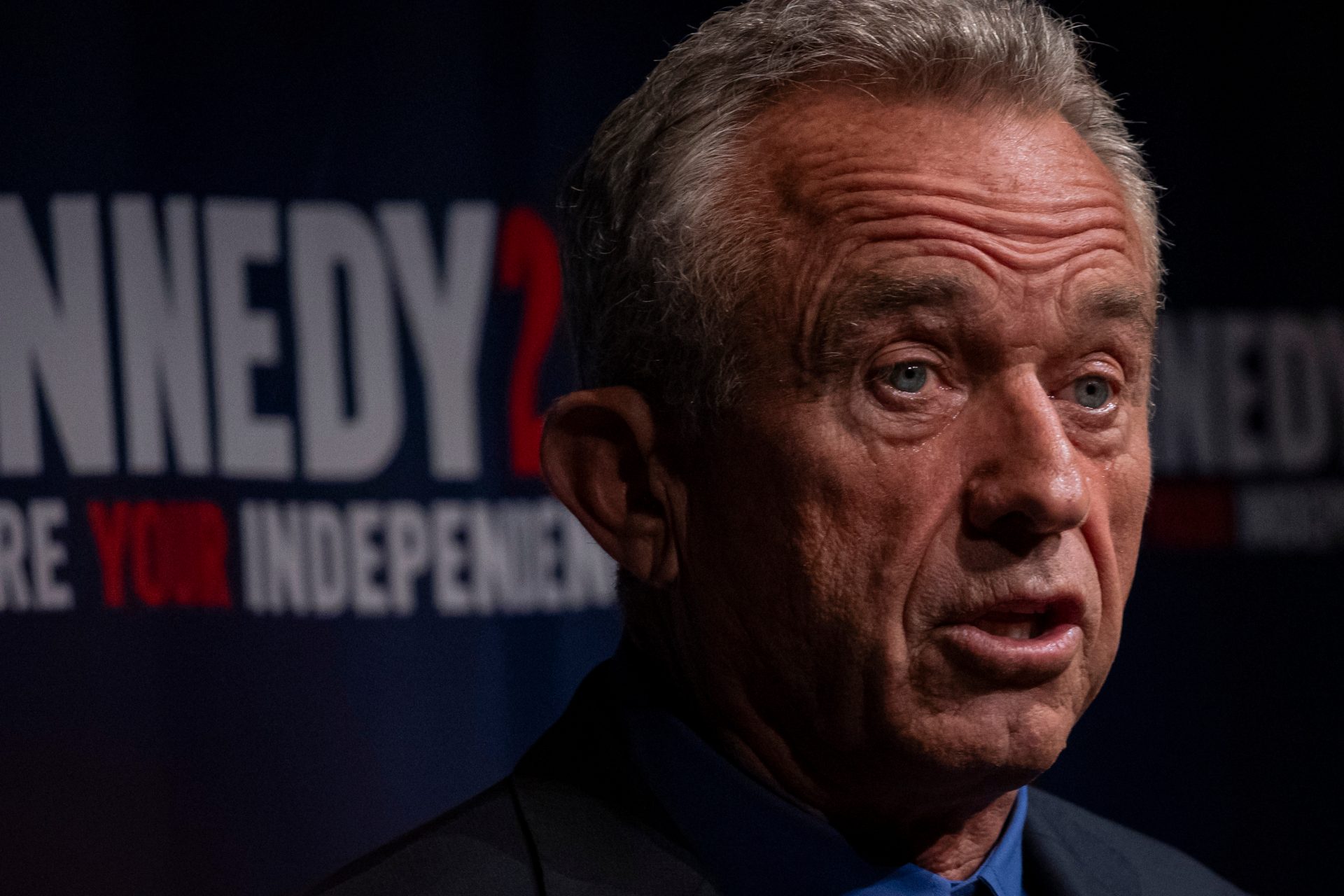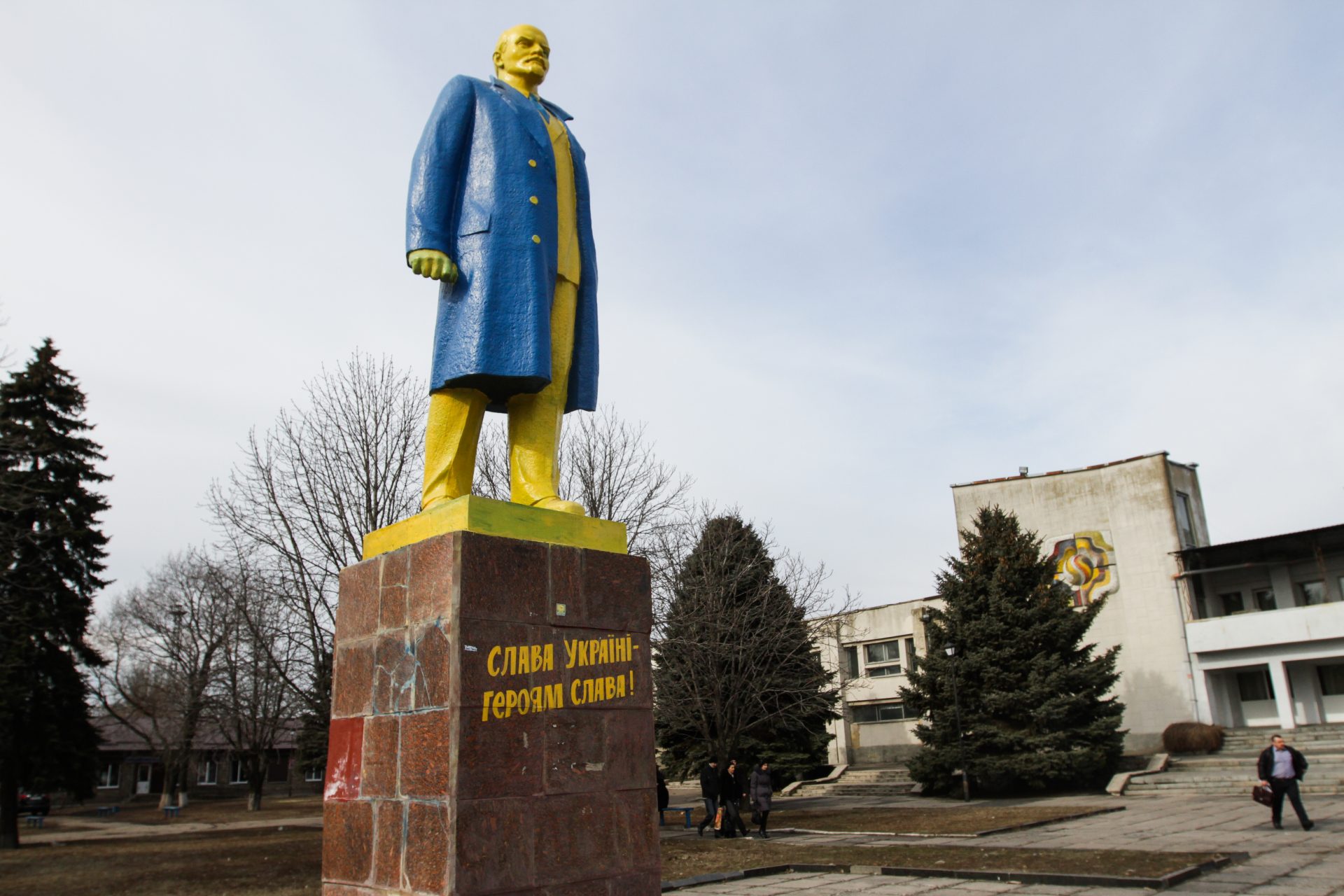Russia is going after Ukraine’s energy infrastructure again
March saw one of the worst aerial bombardment campaigns of the new year as Moscow worked to knock out critical infrastructure in Ukraine according to reports. The campaign was worse than previous attempts.
President Volodymyr Zelensky revealed in his March 24th evening address to Ukraine’s people that Russia fired about 190 missiles, 140 Shahed drones, and 700 aerial bombs at the country over the prior week.
The largest aerial strike came on March 22nd according to The Kyiv Independent, which reported that Russian forces targeted more than 130 energy infrastructure facilities and also damaged an important hydro station.
Electricity supply was quickly returned to some regions but 1.5 million citizens were left without power following the attacks. One day after Zelensky’s comments on March 24th, Moscow launched another air attack.
“Experts agree that Moscow's goal is to knock out the country's power grid. While it has failed to achieve this aim so far, the situation grows ever more precarious with dwindling air defense ammunition,” The Kyiv Independent's Martin Fornusek wrote.
The Institute for the Study of War (ISW)—a Washington-based think tank that covered the war in-depth since its beginning—is just one of the many expert groups warning that Russia wants to take out Ukraine’s power grid.
Russia’s end-of-March air strikes on Ukraine’s energy facilities were the largest attacks of their kind since the beginning of the conflict according to ISW analysts and they were also likely meant to degrade the country’s defense industrial capacity.
ISW analysts also pointed out that Russian forces were likely trying to exploit Ukraine’s current missile shortage and lack of air defense ammunition as part of a broader attack aimed at collapsing the country’s energy grid.
Critical shortages of key ammunition for weapons like air defense systems have begun to play a role in Kyiv’s decision-making and ability to protect itself from attack according to a report published by The Washington Post on March 15th.
Journalists from The Washington Post revealed that Ukraine trieds to shoot down 4 out of every 5 missiles fired at its cities but officials explained the goal would only be 1 of every 5 as munitions for its air defense systems ran out.
Russian forces failed to collapse Ukraine’s energy grid with its March 22nd attack but it is likely to continue targeting the country’s critical infrastructure in the future in order to capitalize on delays in Western security assistance according to ISW analysts.
Other analysts believe that the Russian attacks on Ukraine’s energy infrastructure are in part retaliation for Kyiv’s recent attacks on oil refineries in Russia that have had a major impact on Moscow’s production capacity.
"Russia resumed attacks against energy facilities in Ukraine in retaliation for Kyiv's recent drone attacks against Russian oil depots and refineries," Center for European Policy Analysis defense analyst Frederico Borsari said, The Kyiv Independent reported.
"The aim was to show strength and resolve to the Russian population and at the same time try to break the Ukrainian spirit to resist by depriving both the population and the military of critical energy supplies,” Borsari added.
As of March 25th, Reuters noted that Ukraine was hit by at least seven oil refineries inside Russia and halted production of at least 4.6 million tons of oil—this equaled the loss of 370,500 barrels per day or 7% of Russian production capacity.
Russia’s new strikes on Ukrainian energy infrastructure mirror a similar strategy that the Kremlin used in late 2022 and early 2023 according to The Kyiv Independent. The goal then was to “inflict maximum damage.”
“During the first autumn and winter of the full-scale war, waves of Russian missiles and drones destroyed half of the country's energy infrastructure and left people across Ukraine without heat amid sub-zero temperatures,” wrote Martin Fornusek.
However, while attacks in 2022 and 2023 were meant to hurt the Ukrainian people, the new Russian air strikes are part of a shift in strategy meant to degrade Ukraine's military-industrial complex and not its energy system, Fornusek added.
More for you
Top Stories





